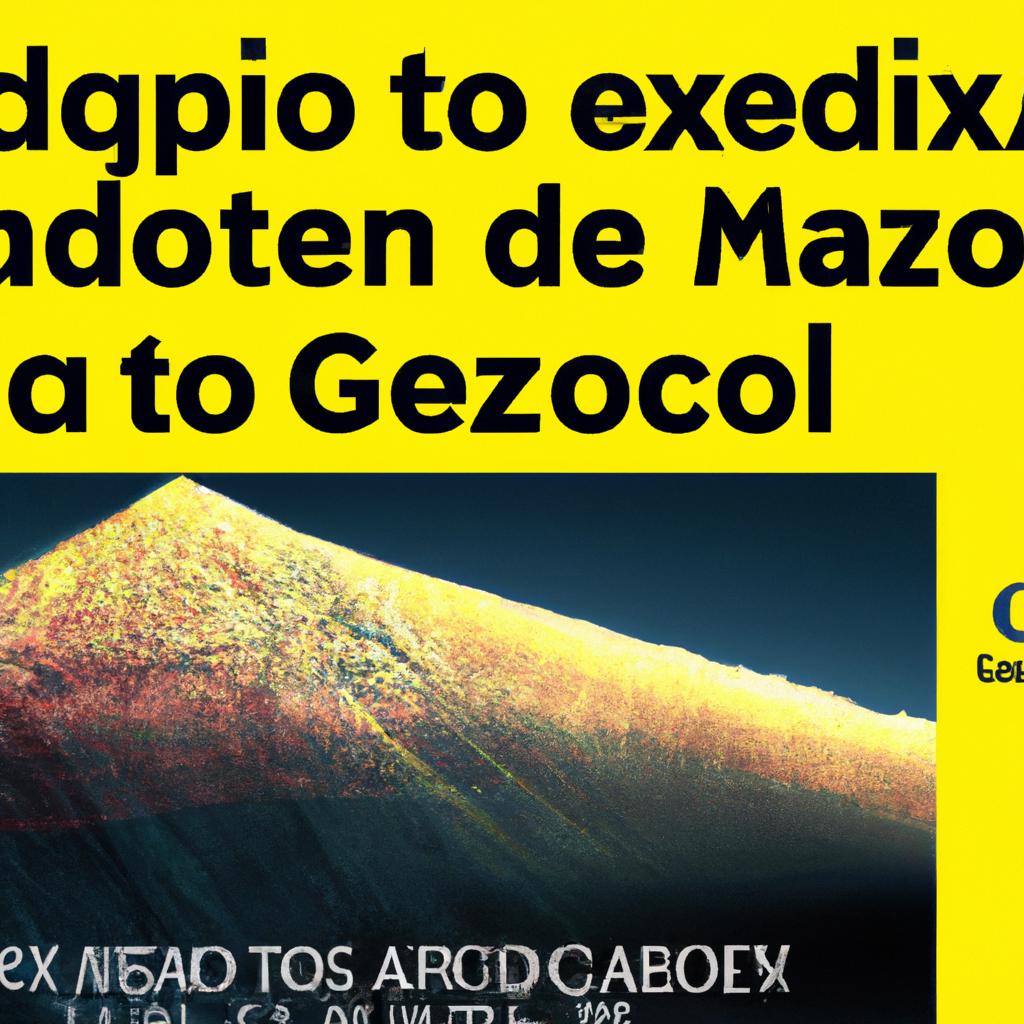Nestled in the heart of Japan, Mt. Gox was once the world’s largest cryptocurrency exchange, handling over 70% of Bitcoin transactions. However, its sudden collapse a decade ago sent shockwaves through the digital currency community, leaving investors reeling and countless questions unanswered. A decade later, a cloud of mystery still looms over the demise of Mt. Gox, leaving many to wonder: what do we still not know about the events leading up to its downfall
Table of Contents
- – Unanswered Questions Surrounding Mt. Gox’s Mysterious Collapse
- - Lack of Transparency in Mt. Gox’s Handling of Customer Funds
- - Regulatory Failures and Lessons Learned from the Mt. Gox Debacle
- Closing Remarks
– Unanswered Questions Surrounding Mt. Gox’s Mysterious Collapse
As we approach the 10-year anniversary of Mt. Gox’s collapse, there are still many unanswered questions surrounding what exactly led to one of the largest cryptocurrency exchanges in the world going bankrupt. Despite numerous investigations and legal proceedings over the years, key details remain elusive, leaving many investors and industry experts puzzled.
One of the biggest mysteries is the whereabouts of approximately 650,000 bitcoins that went missing during the collapse. While some of the bitcoins have since been recovered, a significant portion is still unaccounted for. The lack of transparency surrounding the missing funds has fueled speculation and conspiracy theories, adding to the intrigue of Mt. Gox’s downfall.
Another lingering question is the role of Mark Karpeles, the CEO of Mt. Gox at the time of the collapse. While Karpeles has denied any wrongdoing and claimed to be a victim himself, his handling of the situation has raised suspicions among some investors. The exact extent of his involvement in the events leading up to the collapse remains a subject of debate.
Additionally, the regulatory failures that allowed Mt. Gox to operate unchecked for so long continue to be a point of contention. Questions remain about how such a massive exchange could operate with such little oversight, and why regulators failed to step in sooner to prevent the catastrophic collapse that ultimately occurred. The lack of accountability on the part of regulators has left many in the industry questioning the overall security and reliability of cryptocurrency exchanges.
– Lack of Transparency in Mt. Gox’s Handling of Customer Funds
It has been a decade since the collapse of Mt. Gox, once the largest Bitcoin exchange in the world. However, questions still linger about the lack of transparency in how the company handled customer funds.
One of the biggest mysteries surrounding Mt. Gox is the whereabouts of the missing 850,000 bitcoins, which were reportedly stolen from the exchange. Despite years of investigations and legal proceedings, the full extent of the theft and who was responsible for it remain shrouded in secrecy.
Furthermore, investors are still in the dark about how exactly Mt. Gox managed its financial operations. The lack of clear documentation and communication from the company has left many customers feeling betrayed and frustrated.
While some progress has been made in the aftermath of the collapse, with compensation being distributed to affected users, the cloud of uncertainty continues to hang over the cryptocurrency community. Without full transparency and accountability from entities like Mt. Gox, the industry as a whole may struggle to earn the trust of investors and regulators.
– Regulatory Failures and Lessons Learned from the Mt. Gox Debacle
As we approach the 10-year anniversary of the Mt. Gox collapse, many questions still linger surrounding the regulatory failures that led to one of the largest cryptocurrency debacles in history.
Despite the passage of time, key details remain shrouded in mystery, leaving investors and industry experts alike searching for answers.
Some of the lingering questions include:
- What role did regulatory oversight play in the downfall of Mt. Gox?
- Were there warning signs that regulators missed?
- How can we prevent similar failures in the future?
One lesson that can be gleaned from the Mt. Gox debacle is the importance of transparency and accountability in the cryptocurrency industry. Without clear regulatory guidelines and oversight, investors are left vulnerable to fraud and manipulation.
| Lessons Learned | Actions Needed |
|---|---|
| Transparency is key | Regulators must enforce stricter reporting requirements |
| Regulatory oversight is crucial | Industry participants need to work together to establish best practices |
Closing Remarks
As we look back on the tumultuous events surrounding Mt. Gox’s collapse 10 years ago, it is clear that there are still many unanswered questions lingering in the air. The mystery shrouding the once-prominent exchange serves as a cautionary tale for those in the cryptocurrency world. As time passes, perhaps more details will come to light, shedding further insight on this dark chapter in the history of Bitcoin. Until then, let us continue to learn from the mistakes of the past and strive for a more transparent and secure future in the realm of digital assets.
